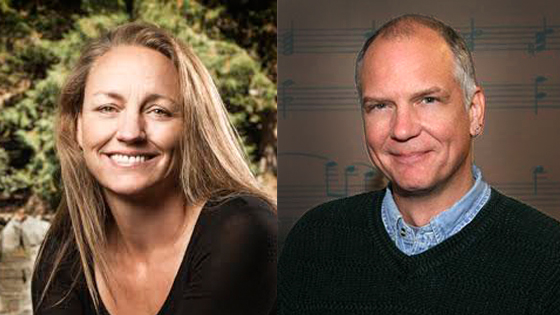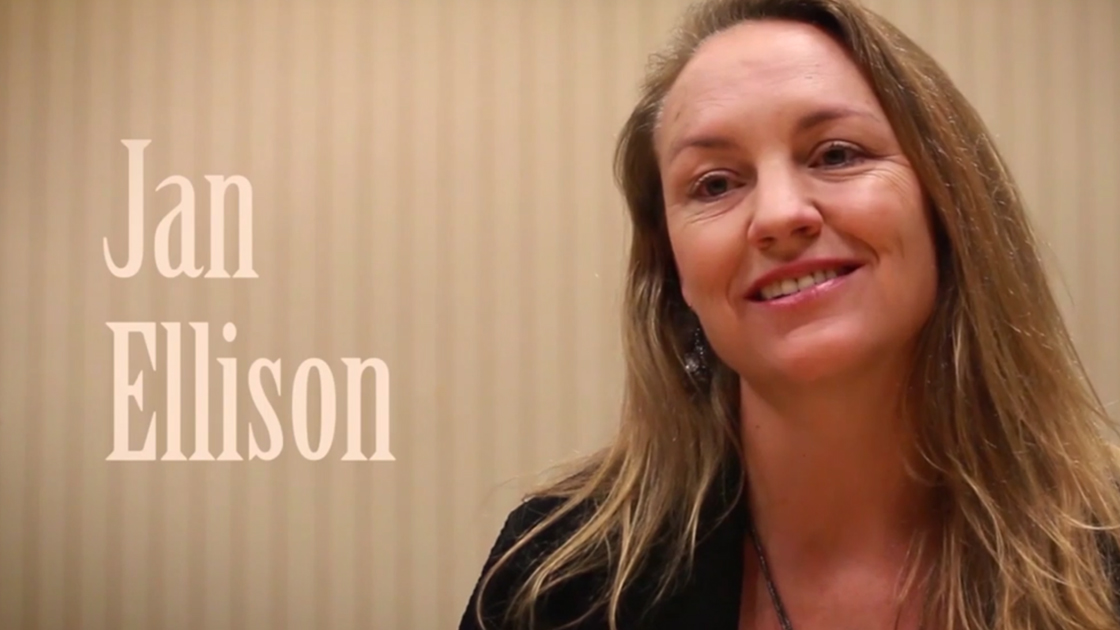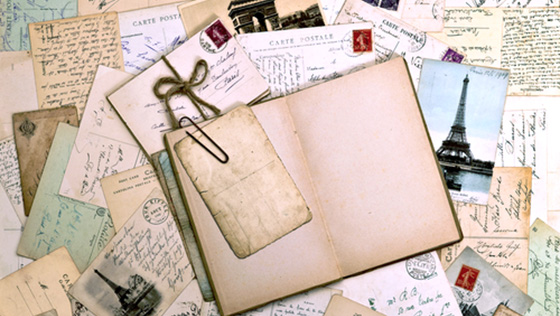
The Good, the Bad and the Mortifying of the Book Tour
The first question friends asked when I announced that my book was to be published was whether I’d be going on a book tour. I asked my publicist the same question. Her carefully practiced response was that Random House was very excited to orchestrate an extensive local tour, but they didn’t plan to send me anywhere outside driving distance (and they wouldn’t be paying for my gas). So much for the glamorous writing life.
The Good: Random House did arrange dozens of events and I read at Indie bookstores all over the West Coast. Friends and family came out and cheered me on and put me up, invitations rolled in from book festivals, writing conferences and charity organizations. Since January, I’ve chalked up nearly fifty events, with audiences ranging from 3 to 300, including stops in L.A., San Diego, Seattle, Bellingham, Missoula, Minneapolis, Boulder, Napa, Mendocino, Sacramento, and Burning Man. I’ve done 20 local book groups, and my book was picked by the San Francisco Chronicle for their members only Book Club, moderated by the paper’s Book Editor. I spoke at my kids’ school, my high school, and a school for disadvantaged youths in Newark, New Jersey. I’ve done virtual events and podcasts and radio spots and newspaper interviews. I overcame my fear of public speaking and learned that I love to talk to people about writing and literature. I lost ten pounds from the stress of it all. I made lots of new writer friends. I managed to get through it without a single case of bed bugs, all but one event was well attended, and my kids still more or less remember who I am. I learned that people still care about language and stories and authors and books.
The Bad:
I gained back the ten pounds from the stress of it all. I got behind on writing and life. I worried about what to wear and spent too much money on new clothes. I missed home. At book festivals and conferences, I often had that adolescent feeling of being the newcomer, the only one who wasn’t reuniting with old friends. At a festival in Missoula, I had an interior room at the Holiday Inn with a window that looked out not at big Montana sky, but at the Book Fair at which my book was for sale. It became a perverse pass-time to watch potential readers picking the book up, reading the jacket copy, then putting the book down and moving on.
The Mortifying:
I was invited to do an event at a beer garden in Sebastopol. Random House put me up in a hotel. The hosting bookstore sent three booksellers who set up an elaborate display, including a huge stack of books, a custom poster, and a microphone and lectern in an alcove of the beer garden. A new writer friend and her sister arrived and bought books, and one other person sat down. We waited ten minutes, but nobody else came. Patrons of the beer garden looked at me curiously as I began to speak, figured out I was an author, and went back to their pints. The silver lining: there was beer, and afterward, the writer, Sere Halverson, stayed on and commiserated. We’ve remained friends, and we’re planning a joint event next year when Sere’s wonderful new novel, All the Winters After, is released. Rest assured, it won’t be in a beer garden.
The Evolution of a Book Jacket

Who chooses a book’s cover? Or: sex sells
I’m often asked at readings and book groups who decides what a book’s cover will look like. From what I can tell, this depends on the publisher, the editor, the author and the book. When Jonathan Franzen launched Freedom at the Herbst theater in San Francisco, he turned the book face in, away from the audience, because he hated the cover so much. “No birds,” he’d told his publisher, apparently, but a bird ended up on the cover anyway.
I was much luckier. Although my contract stipulates that my publisher has final say over the cover design, it was clear from the start my editors weren’t going to insist on a cover I didn’t like. Still, it was a long and difficult road. I was asked to submit covers I liked, and any ideas for directions. After a couple months of silence, I received a cover design, FedEx, at the hotel in Hawaii where we were vacationing with my husband’s family after Christmas. I’ll admit that receiving that first FedEx package thrilled me; the cover didn’t.
My agent and I liked the concept (the red scarf, below) but we wanted something more striking, and asked for iterations. Instead, after another protracted silence, we got the cigarette (right, below) and after we rejected that, the pearl necklace. I started to get worried, and wrote a long document with excerpts from the book highlighting various tropes that might be appropriate for a cover (lighting, photographs). My editors were, as always, gracious and accommodating, and the art department went back to the drawing board. A half dozen more concept sketches arrived, this time electronically, but none were quite right. Time was running short by then, and I was starting to panic. I found a freelance designer whose covers I liked, my publisher approached her, and in another incredibly gracious and generous move, hired her. The new designer found a photo we liked, the Random House art department improved the text treatment, and we had the final cover within two weeks.

When it came time to consider the trade paperback cover (Feb. 9th 2016), we all agreed we wanted to try something new. The art department sent a photo of a girl sitting on a bench with her legs crossed, and high heels on the ground. I thought it was an attractive image, but I worried the heels were cliched. We considered a photo of a couple in trench coats, and an image I found of a girl standing before a flooding Seine in Paris holding an umbrella.
I posted a survey on Facebook which received more than 300 responses. Many liked the trench coats but worried the man looked like a flasher. Some, including most of the men, flat out loved the girl’s legs. Others wondered if it might send the wrong message, and whether Annie Black’s legs and toes would be so perfectly manicured. The red umbrella received twice as many votes as the other two covers on Facebook, but Random House felt that photo was too neutral and quiet; they wanted something bolder. So I agreed to the original legs, but at the eleventh hour, the rights to that photo could not be secured.
The Random House art department saved the day by finding a different photo of a woman’s legs—grittier, edgier, more real, with no high heels. My agent and I liked it right away, and to everyone’s relief, we had consensus. Many of you who voted on the original photo of the girl’s legs left comments along the lines of: “Sex Sells.” You might just be right.



